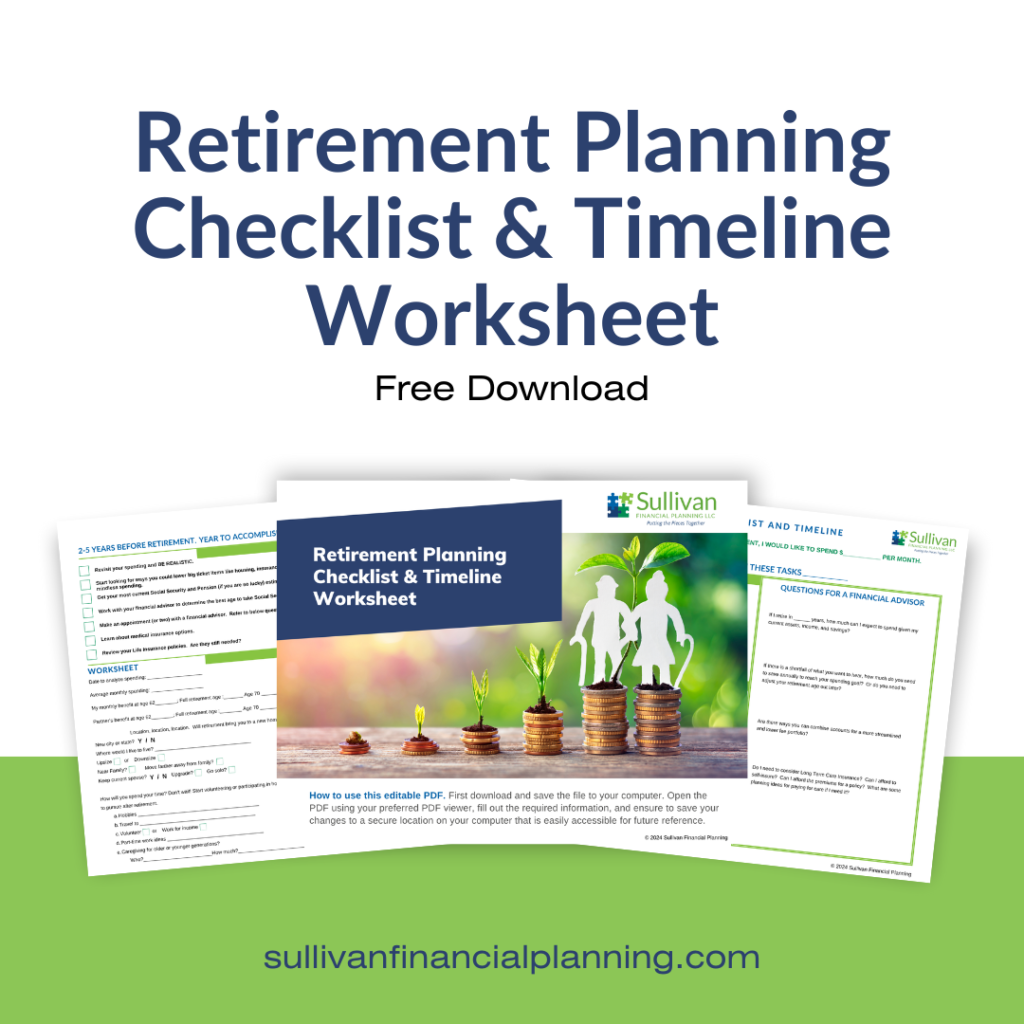This month, I am going to rudely interrupt your sunny summer activities with a reminder that financial storms can always happen. However, to build emotional resilience against investment losses, it’s good to exercise your “I can ignore it and not make bad investment decision” muscle before you need to use it.
When calculating financial projections or helping decide savings goals, your financial advisor will use average portfolio rates or return over time. Average rates of return are a necessary input into projections, but it has the unfortunate effect of creating an “anchor” in your mind about what to expect each year.
The anchoring effect is a cognitive bias where individuals rely too heavily on the first piece of information they hear. This can skew their judgements about subsequent outcomes.
For example, I have been told that the Debris Po-Boy at Mother’s restaurant in New Orleans is the best roast beef sandwich in the history of the world. Having never even heard of a roast beef po-boy before, I will of course assume, when I order this amazing concoction, that I am eating the pinnacle of roast beef and bread combinations.
Then, when I later go to Parkway Diner and order their roast beef po-boy, I’ll have a bias anchored into my head that it can’t possibly be as good as Mother’s and not give the Parkway version a fair chance.
If I had a magic wand, I’d make the box on the landing page of your 401k website that tells you your rate of return disappear. Whatever that number is, it is usually a VERY short term average (often 1 year or less) and that number, high or low, is very influential in your brain the first time you see it.
A low number (which may just be bad timing, not at all indicative of bad investments) may make you hate your plan and believe that your other accounts are somehow better. And that first impression is hard to lose.
On the other hand, a high return flashing on the home page makes you think you are:
- An investing genius and
- Entitled to that high return forevermore.
All this to say, beware of latching onto the first piece of information you get about your investments. Even if the information is correct, our brains’ interpretation of it may not be.



